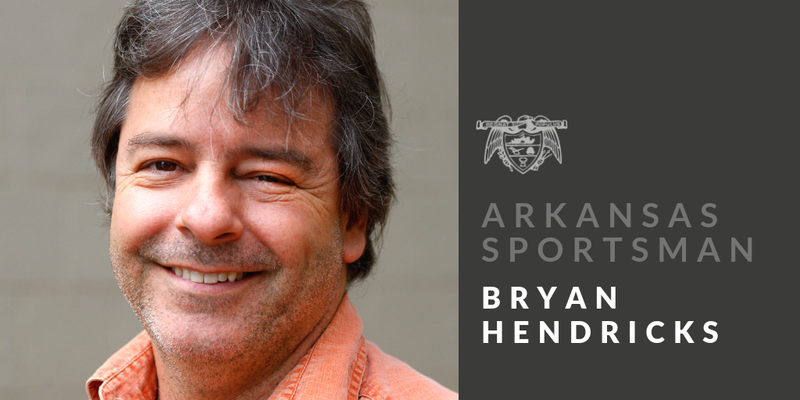Paddling a canoe is the next best thing to piloting a spacecraft.
Have you ever thought about the way spacecraft behave in movies, with parabolic turns like those of fighter jets in terrestrial space? That wouldn't happen in space because there's no gravity. If you are traveling in a line in space, you would be able to make a pure 90-degree turn immediately, without the press of g-forces, drifting only because of the influence of forward momentum.
Likewise, you would continue to spin until you corrected the spin by touching a booster on the other side.
A canoe is kind of like that, without the immediate response.
As we travel downriver or across a lake in a paddlecraft, we take mental bearings on rocks or other prominent structures in the stream or on the bank. With a strong stroke of the paddle, the helmsman points the bow at that feature. You will notice that unless the current corrects by pushing against the bow in the opposite direction, the bow will continue to turn as the boat attempts to spin.
An experienced canoeist corrects course instinctively, usually with no more than two paddle strokes. The first stroke arrests the drift, and the second, lighter stroke, arrests the resulting counter drift and sets the bow on its proper course.
Like a computerized propulsion system, a paddler will make hundreds of these stroke/counterstroke adjustments in the course of an eight-mile float.
It's actually a lot more work to keep a canoe on a straight course in low, flat water because there's so little current to arrest a stroke-induced drift. A paddler constantly adjusts course. In high, fast water, keeping a straight bearing is scarcely any work at all. Most of the exertion occurs in rapids and in serpentine water courses.
One of my favorite tricks when paddling tandem with a novice partner is beaching a canoe in fast water. Sitting in the bow is a bit unnerving even for experienced paddlers, but it's especially so for novices. It seems a little unstable up there anyway, like you're sitting on a ball bearing, so a novice usually sits in a very stiff, rigid posture until they get the feel of the boat and the helmsman's rhythm. The bow plunges into waves, and the bow paddler sees rocks and overhead obstructions first. It is easy to feel vulnerable up front.
When paddling with a novice, I'll suggest pulling over to a bank in swift water.
"What do you want me to do?" asks the bow paddler, often a tad anxiously.
"Not a thing," I reply. "Just relax."
At a strategic point, I dig the paddle into the current and made a few hard J-strokes, spinning the bow upstream. For an instant the canoe is motionless as momentum resists the flow. Then, with a few gentle strokes, I angle the canoe upstream toward the bank. There's always a thin ribbon of placid water against the bank, allowing the canoe to slide against the bank as gentle as an evening breeze.
To a novice, this is almost sorcery, especially if they've experienced some rough water beforehand. It's a great way to secure a few expert points and hero stars.
For the helmsman, every yard of a paddling trip is a zen experience. It's a lot like fly fishing because it's a perfect union of mind and body. Just as a fly fisherman instinctively knows exactly how to cast to place a fly in a current seam, a canoeist's arms respond to countless little signals from a small cache in the brain's hard drive to keep a boat on course.
To a novice, the water moves at uniform speed, but an expert recognizes the thin rivulet angling toward the inside bank that moves just a tad faster than the rest of the stream. It doesn't follow a straight path. It kind of zigzags, jogs this way and that. With minor, almost imperceptible course adjustments, you can keep your boat in these little seams and go slightly faster than you would to either side of it.
If you diverge from this seam, you will feel the brake of slower water immediately. It's almost as if you can see your little piece of the "jetstream" leaving you behind.
Only the helmsman notices, and it brings immense satisfaction at the end of the day to have ridden a current perfectly. A fly fisherman or a starship trooper would understand.
